One of the biggest movers in Super Rugby Pacific – certainly on the Australian side of the Tasman – are the Queensland Reds. They have been one of the success stories of the first four rounds of competition. Under the stewardship of ex-London Irish head coach Les Kiss, the Reds have developed an effective and entertaining ball-in-hand style.
Along with the Blues and the Hurricanes, Queensland are one of only three teams to surpass 19 minutes in active time-of-possession, and they top the charts with 22 tries scored at an average of 5.5 per game. The Reds build an average of 102 rucks per game [2nd] and they obtain the highest ratio of lightning-quick ball of any side bar the Blues [64%]. It is an impressive turnaround over such a short time-frame.
As a player Kiss was a League wing, so he has a foot in both codes, and in two very different worlds:
“The League got me here and I love the game still, but I am fortunate to have a history and a life in both. There has definitely been a lot of water under the bridge, between leaving and coming back here [to Union].”
The key for a successful transition from League to Union for a defence coach is an understanding of the breakdown. That is what John Muggleton [for Australia in 1999] and Phil Larder [with World Cup-winning England in 2003] had to learn. As Kiss recalls early in his Union journey,
“I remember two or three months into my stint [as defensive consultant] with the Springboks [@2001-2002] and the lights were going off in my head, looking at the intricacies and going ‘Okay, I get this now, I understand the breakdown’.”
In League there is no competition for the ball after a tackle has been made – there is only a ‘play-the-ball’ – but in Union the scene is set for one of the one of the most bruising contests of all at the post-tackle and ruck.
What began as an area of weakness for Les Kiss has now become one of his greatest strengths as a Rugby coach. When you are expecting to build over 100 rucks per game consistently, you are depending on cohesion at the cleanout to produce the quick deliveries that you want from the breakdown.
The round four game between the Queensland Reds and the Melbourne Rebels illustrated many of the advances Kiss has made with his new charges, and it also demonstrated why ex-League wing Suliasi Vunivalu is a far more realistic proposition as a Wallaby now than he was at the 2023 World Cup.
The litmus test of cleanout cohesion is the ability to cover the ball after either the ball has been shifted wide, or a break has been made by the offence. In both cases, the greater distances involved mean that cleanout resources are put under the microscope. The resultant rucks may be manned by ‘all-backs’ [two outside backs], a ‘combo cleanout’ [one forward plus one back], and the connection between the first and second cleanout support tends to be stretched to the limit.
The Reds made their first big ground-gainer from scrum in 7th minute:
Suliasi Vunivalu makes a long diagonal run from his spot as 1st receiver just outside the Reds’ 22 on the right to become the first cleanout support near the Rebels’ 40m on the left. The second man [#15 Jock Campbell] gets up off the ground to ensure he arrives just behind the big wingman. It is ‘wings on strings’ in reverse, a version of the backfield pendulum on attack. #11 Mac Grealy takes the ball into contact, while the other two members of backfield stand north-south with feet braced wide, to provide a quick early release.
This type of cohesion is not a coaching accident:
From similar start-position, Grealy takes the ball up over halfway on the left. On this occasion, the two nominated cleanout supports are #13 Josh Flook and #7 Fraser McReight in a ‘combo cleanout’. Although Flook is driven off the top of the ball in the first instance, the connection with the open-side flanker is strong and seamless, and the second man saves all:
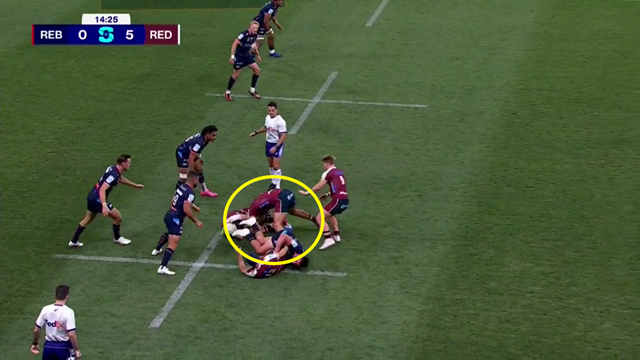
The Reds win three-second ball without wasting additional ruck resources, and the attack continues fluently.
Queensland’s work after the break was just as cohesive, and Suliasi Vunivalu’s improved work in this area was outstanding:
The ex-League star can sense that support will be threadbare after the break, consisting of just one man [#12 Isaac Henry], so there is a brief propping movement off the right knee which offsets the ‘jackal’ and allows Henry to make contact simultaneously as the ball goes to ground. Vunivalu stays north-south on the deck and the cleanout follows suit, and instant ruck delivery produces an easy score on the next play.
A long break has been made from halfway, and the first cleanout needs to be accurate, with two jackals looking to pilfer. Replacement forward Cormac Daly hits the bottom of the pitcher’s ‘plate’ to take away the initial hands and Vunivalu arrives as second man to create an angle for the following play. He clearly knows exactly what he wants to do in contact:
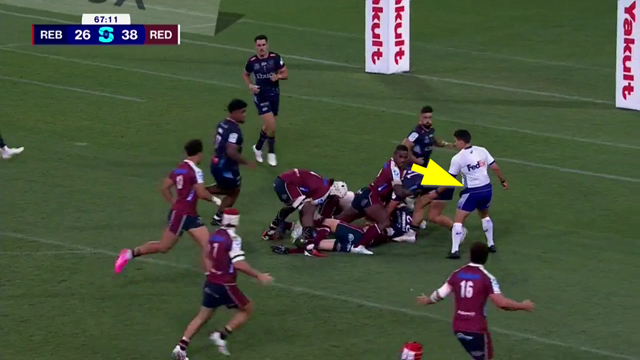
The big wing is looking at the next wave of attack and walling his opponent away from it.
With penalties only being awarded at a rate of only 20 per game in Super Rugby Pacific 2024, the average ball-in-play time is rising (at 35.5 minutes per game) and so is the average number of rucks per game (at 160 per game over the first four rounds)
Summary
The premium on excellent skills at the breakdown is becoming more important, especially for a club with a positive ball-in-hand mindset like the Queensland Reds. For Les Kiss, that seamless overlap between the arrival of the first and second man at cleanout time, and effectiveness at all-backs and combination cleanouts is priceless. It has already improved Suli Vunivalu and made him a bona fide Wallabies prospect in 2024.
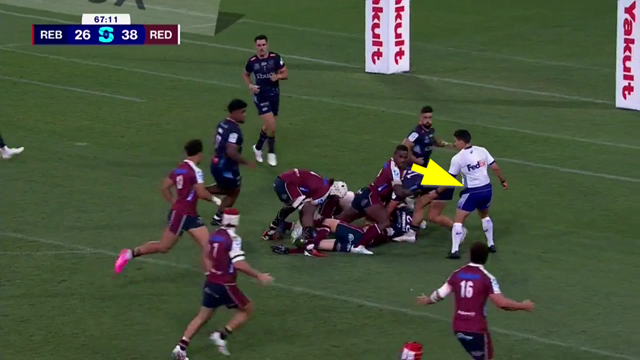


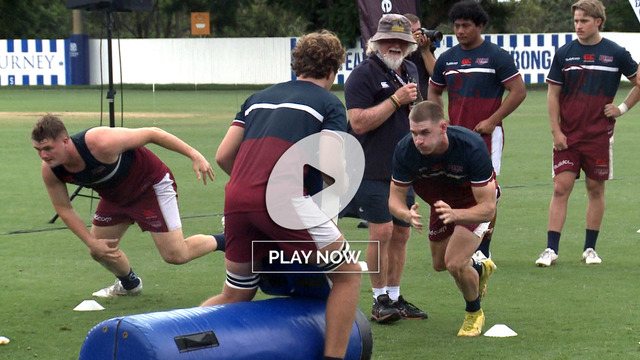
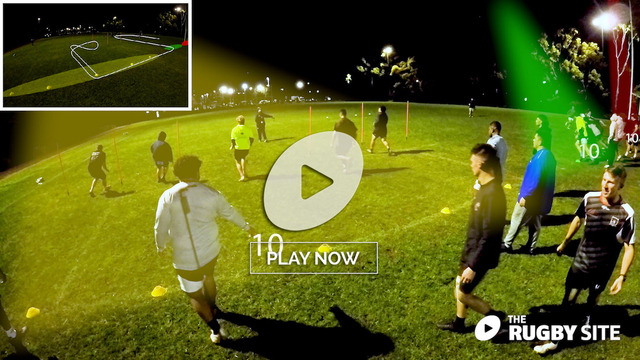

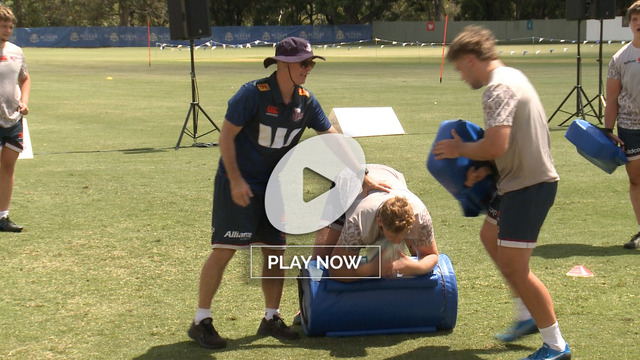
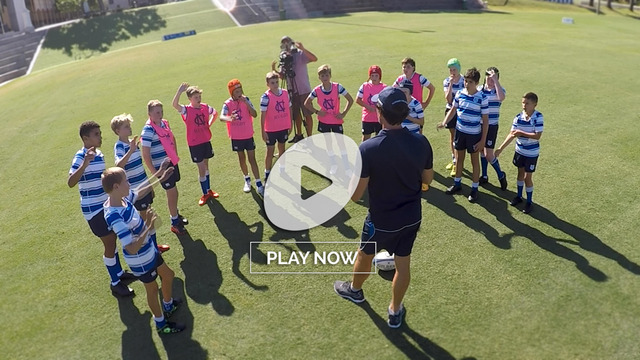

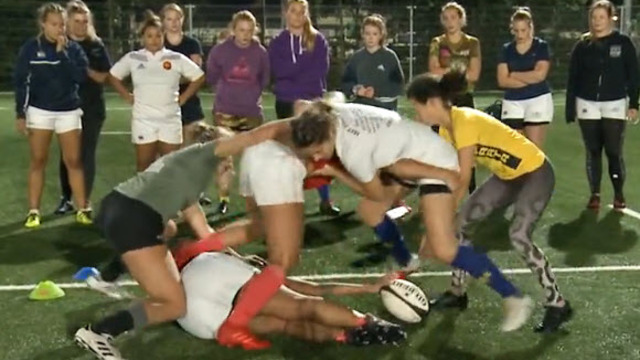

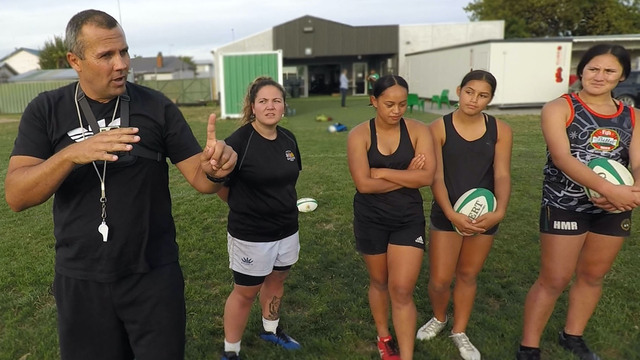

.jpg)
.jpg)
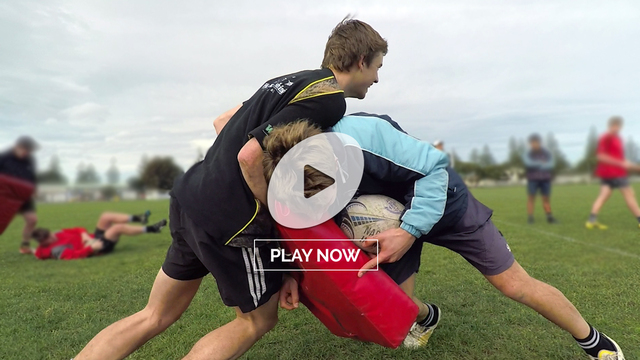
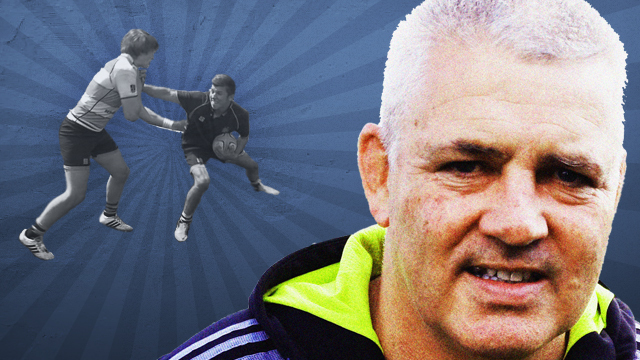
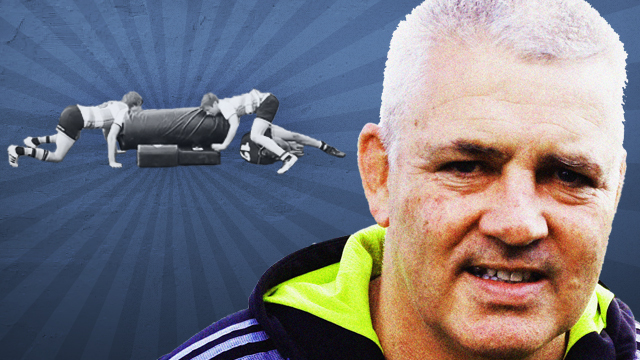
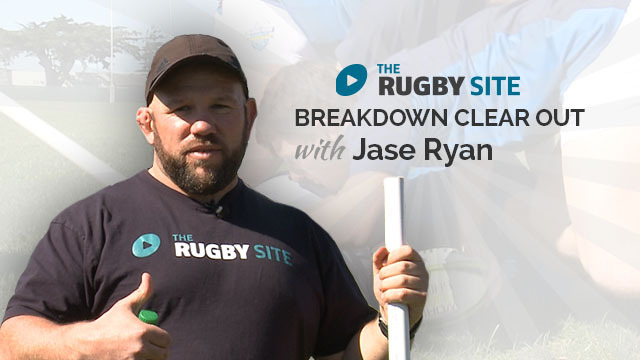
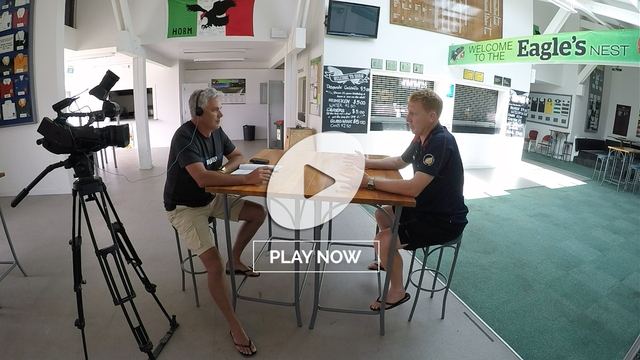
_no_button.jpg)

